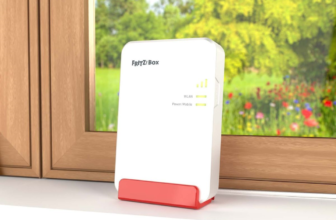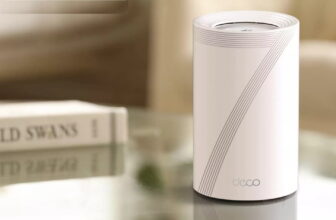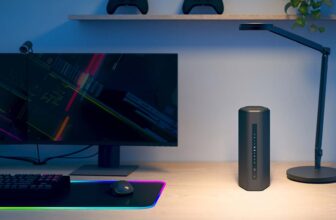D-Link Covr Review: Get meshed for less

D-Link Covr Review
As we’ve repeatedly seen in the last few big APC networking round-ups, mesh router kits are a neat way to solve the problem of getting good Wi-Fi across a large space, although they do come at quite a cost.
Of course, there’s a couple of catches associated with that — the set’s only rated for AC1200 speeds, for example, meaning connection speeds max out at 867Mbps on the 5GHz band and 300Mbps on the 2.4GHz band. Admittedly, that should still be enough for most households, even with a couple of dozen wireless devices connected.
[sc name=”amazon image”]
To their credit, the Covrs are very easy to set up — just connect to the first node via Wi-Fi and follow a few quick steps, like setting a wireless network name and password, and entering your ISP login details, then plug the additional nodes into the back of that first one (one at a time) via Ethernet, wait about a minute, then unplug and place that ‘satellite’ node where you need it. It’s a bit more efficient than the traditional approach, which is to connect and set up every node individually via Wi-Fi.
On the downside, that simplicity also extends to how configurable the set is. Jump into the Wi-Fi settings, for instance, and you’ll find it can’t really be switched off auto-sensing mode when it comes to making connections — there’s no way create separate dedicated 2.4GHz and 5GHz channels, or turn one of the others off entirely if you don’t want to use it. You can change the network’s SSID and password, but that’s about it.
Likewise, it has both parental controls and quality-of-service (aka ‘traffic prioritisation’) services. The former allows you to fill out a list of websites you’d like blocked and specify which devices they’re blocked on, while the latter lets you use a drag-and- drop interface to give specific devices higher or lower priority — each, basically, is the bare-minimum you’d expect for that feature category. This is not one for the tinkerers, then.
The Covrs do live up to their name, however — thanks to the three provided nodes, we were indeed able to achieve excellent coverage across the 80m2 apartment we tested in, with wireless internet connectivity available across every square inch and not a dead-spot to be found.
However, we did find that transfer speeds across nodes were a little lacklustre — something that’s likely to blame on the lack of a dedicated ‘backchannel’ for those nodes to communicate with each other. This meant that, while transfer speeds for two devices on the same node are fine, if you’re trying to do something bandwidth intensive that jumps across the nodes, you’ll see speeds drop significantly the further apart those nodes are. That means wireless speeds ranged between 55MB/s to 15MB/s and were more erratic than in mesh kits like Linksys’s Velop and Netgear’s Orbi (both of which have a dedicated backchannel).
If you just want to get internet to every nook and cranny, that variable speed probably isn’t going to be an issue — it was always above what a 100Mbps NBN connection can download at. On the other hand, if you want to do more demanding activities that rely on a lot of local bandwidth, like, say, streaming games from your desktop PC to the TV in the lounge room via Steam, you’d be much better served by a mesh kit with a dedicated backchannel.
[Dan Gardiner]
Verdict
Performance 3.5/5
Value 4/5
These will provide good connectivity, but struggle with local network speeds and the depth of configuration options.
3.5/5
When you purchase through links on our site, I may earn an affiliate commission. Here’s how it works.







